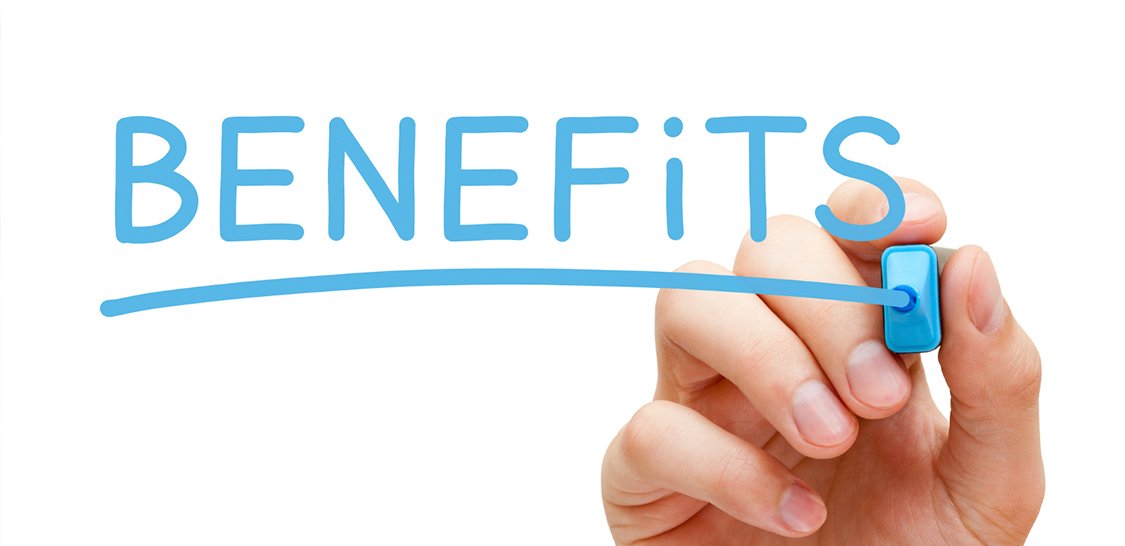Providing health and welfare benefits to employees is a powerful recruitment and retention tool, but it also involves many responsibilities and requirements for the employer. Employers that offer these benefits must comply with the full range of reporting deadlines and fiduciary obligations that accompany them.
An often overlooked or misunderstood aspect of health and welfare benefit reporting is fiduciary responsibilities required by the federal Employee Retirement Income Security Act (ERISA). Missing these documentation and reporting requirements or failing to carry out these responsibilities can leave an employer at risk for liability, fine or penalty. Below, we provide an overview of just some of the fiduciary and filing requirements for health and welfare plans under ERISA.
Examples of Health and Welfare Benefit Plans Subject to ERISA
Most employers generally understand how ERISA impacts the retirement plans they offer to employees, but many are unaware that ERISA also applies to health and welfare benefit plans. Just like employer-sponsored retirement plans, ERISA sets minimum reporting and disclosure standards for health and welfare benefit plans, whether they are insured or self-insured.
Examples of health and welfare benefit plans that are subject to ERISA include, but are not limited to:
- Medical and prescription drug plans
- Health Reimbursement Arrangements (HRAs) and health Flexible Spending Accounts (FSAs)
- Dental and vision plans
- Disability plans
- Life and accidental death and dismemberment (AD&D) plans
- Severance pay plans
ERISA Requirements for Employer-Sponsored Health and Welfare Plans
Exceptions to ERISA are limited, so it is important to be aware of ERISA reporting and disclosure requirements. Outlined below are just some of the documentation and reporting requirements:
Plan Document and Summary Plan Description
Employers have the option of designing their benefits program so that each insurance contract or type of benefit is considered a separate plan or grouping several insurance contracts or benefits together under one plan. Regardless of plan design or size, under ERISA, each separate health and welfare benefit plan must have a Plan Document in writing. The Plan Document supplements the insurance contract(s) to meet ERISA disclosure requirements. This document must identify and describe the plan name, plan sponsor, plan administrator, benefit(s), eligibility, benefit funding and administration procedures for the plan, among other details.
ERISA also requires that employers provide a Summary Plan Description (SPD) to participants and beneficiaries that explains in plain language the plan’s basic information and features. ERISA requires the SPD to be distributed to participants automatically within 90 days of becoming covered by the plan. ERISA also requires an updated SPD to be distributed within a certain number of years based on if and when changes are made or the plan is amended.
It is important to note that insurance policies or Certificates of Insurance do not meet ERISA standards and are not permitted to be submitted in place of Plan Documents and Summary Plan Descriptions.
Annual Form 5500 and Summary Annual Report
Any health and welfare benefit plan, whether it is insured or self-insured, that covers 100 or more participants at the beginning of the plan year must file Form 5500 annually with the U.S. Department of Labor. Form 5500 is due by the last day of the seventh calendar month after the plan year end date. For plans with a calendar year end date, the form is due by July 31.
Since Form 5500 is required to be filed for each plan that meets the filing requirements, it is important for employers to have proper plan documentation identifying its plan(s), as explained above. If proper plan documentation is not in place, each insurance contract or type of benefit is considered a separate plan by default and subject to separate Form 5500 reporting.
In a previous post, we took a closer look at different types of plans and the filing and audit requirements that go along with these categorizations.
Employers should also be aware that beyond the Form 5500 requirement, self-insured medical plans (including HRA arrangements and certain FSA arrangements) have additional IRS filing requirements under the Affordable Care Act.
The Summary Annual Report (SAR) provides a narrative recap of the Form 5500. The SAR must be distributed annually to participants and beneficiaries within nine months after the end of the plan year or two months after the Form 5500 filing.
RKL’s team of small business and tax advisors is available to help employers file the required Form 5500 and prepare the Summary Annual Report or answer questions related to ERISA fiduciary responsibilities. Contact your RKL professional or one of our local offices for more information on this and other financial topics impacting employers.




